DS presents electric luxury model N°8
The DS N°8 (pronounced ‘DS number eight’) is specified with a WLTP range of 750 kilometres and, according to the announcement, will be available to order from the beginning of 2025 – the market launch is planned for mid-2025.
At 4.82 metres, the N°8 is only seven centimetres shorter than a Tesla Model Y, the electric bestseller, which measures 4.75 metres. In the German press release, the manufacturer refers to the EV as “upper” or “luxury class.” However, vehicles that are considered luxury class by German premium brands are usually well over the five-metre mark, often closer to 5.20 metres.
That is also important when it comes to the choice of platform: the new DS flagship is not based on the STLA Large, but on the STLA Medium – and is thus more likely to be seen as the heaviest model compared to the Peugeot e-5008 or Opel Grandland Electric. It also means that the DS N°8 is a pure 400-volt electric car.
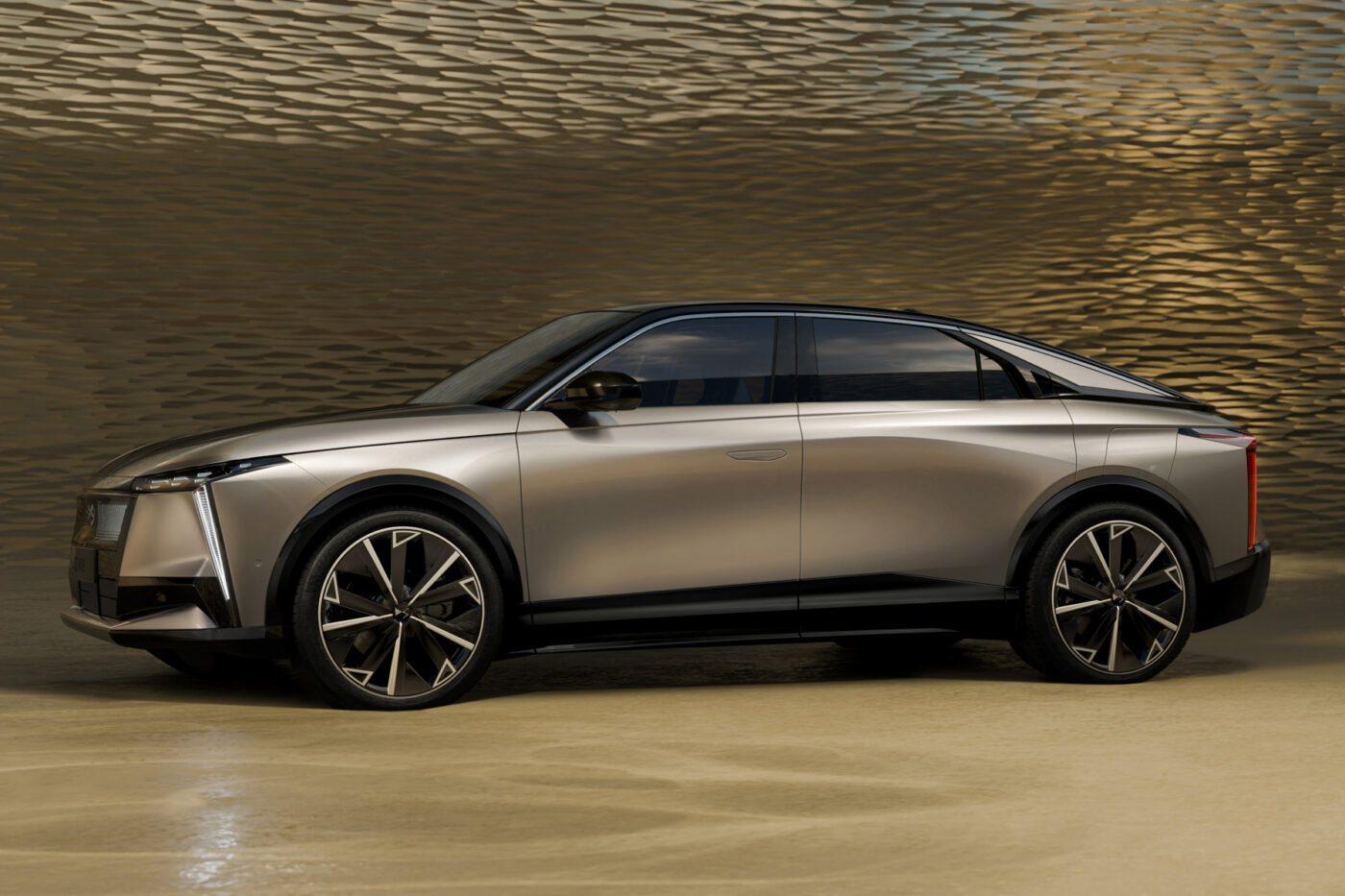
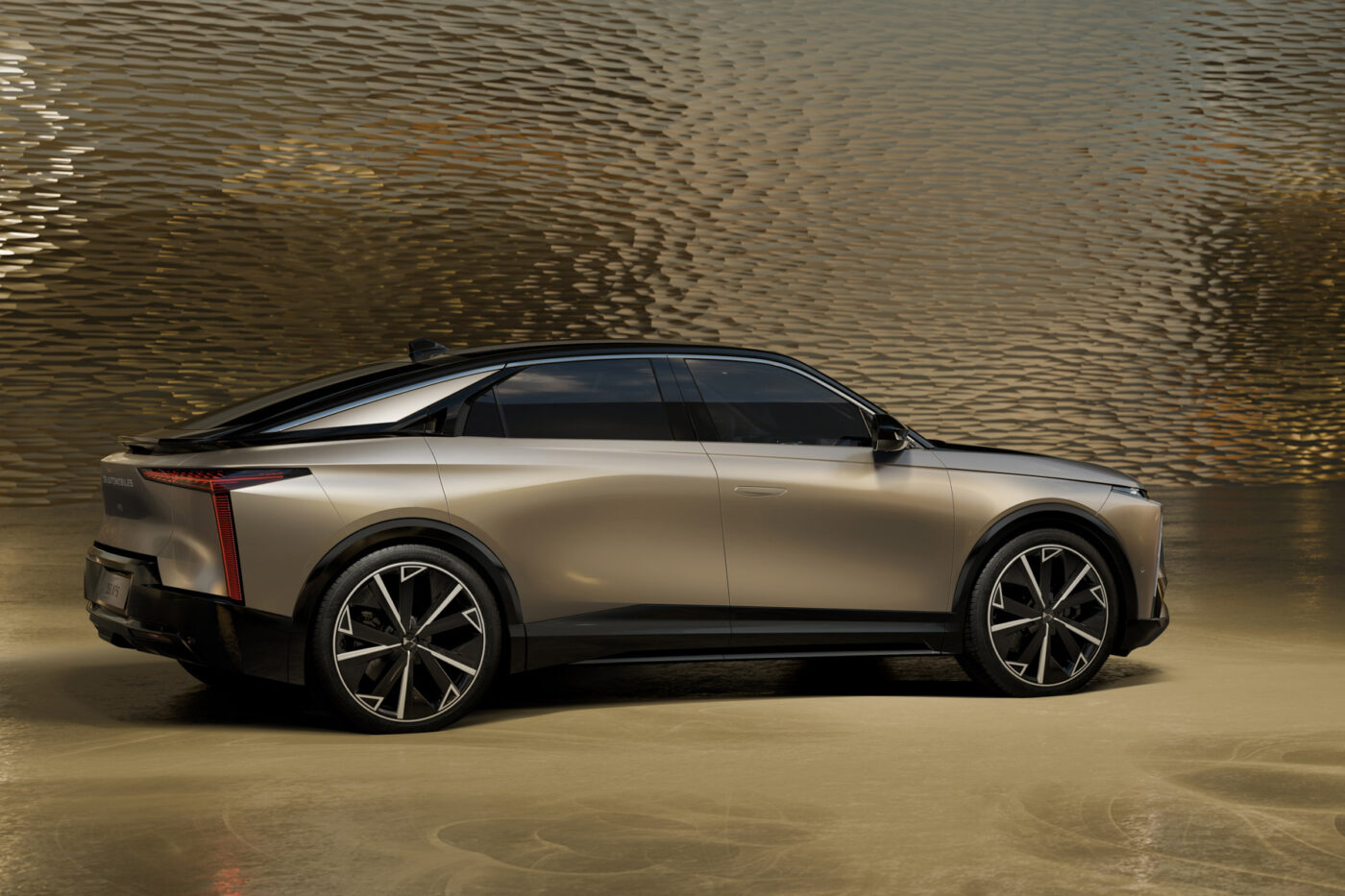
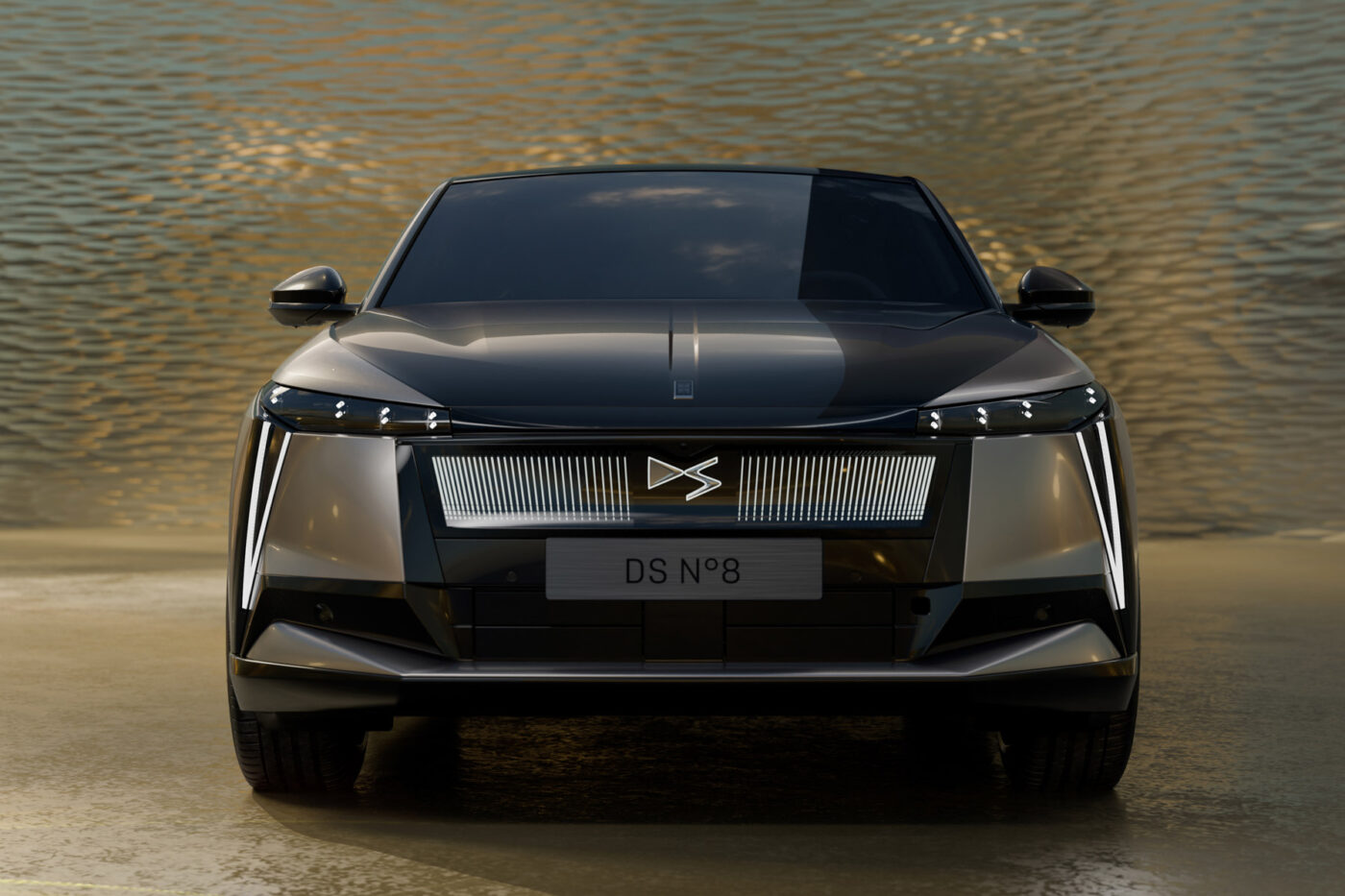
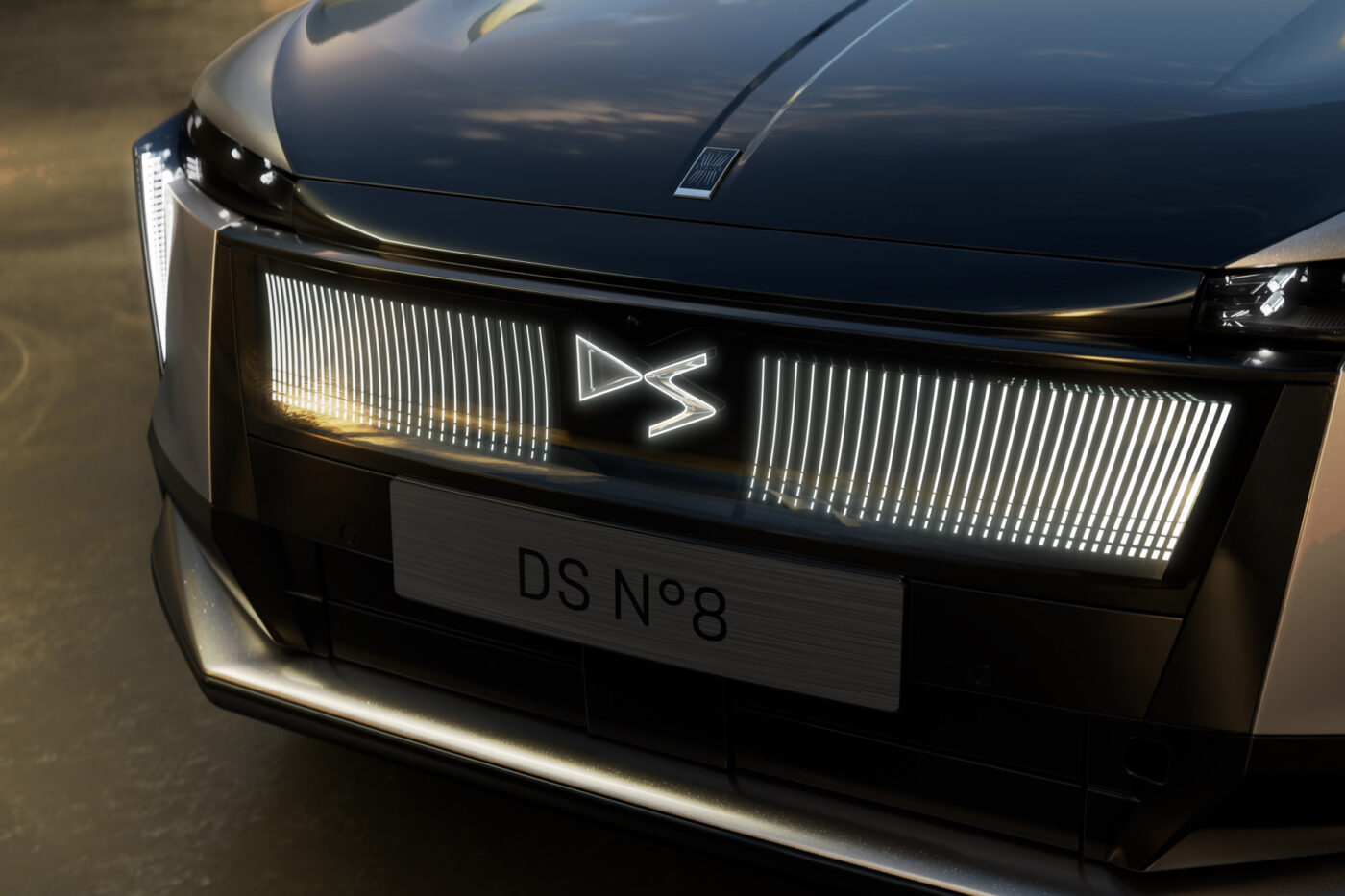
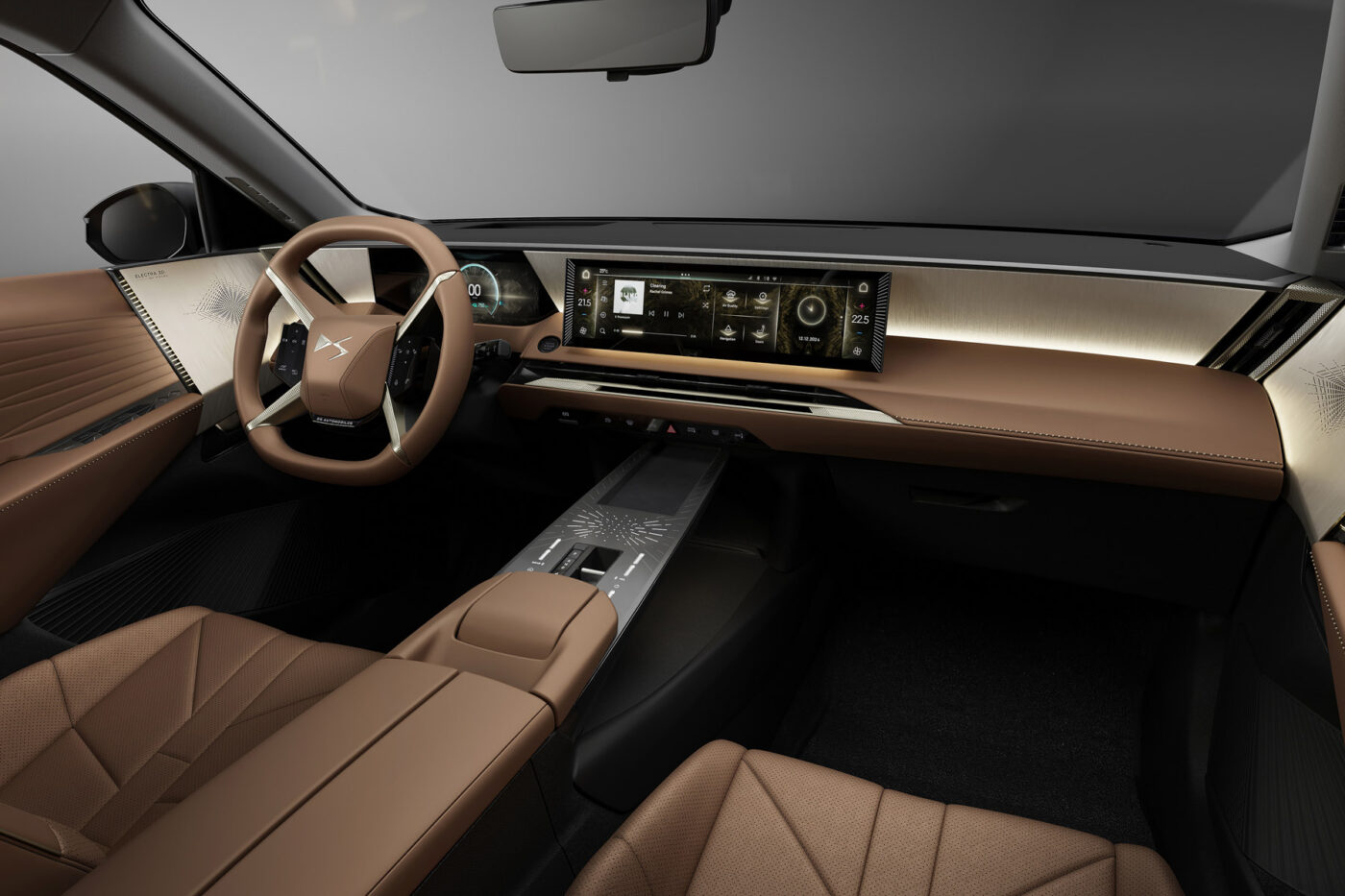
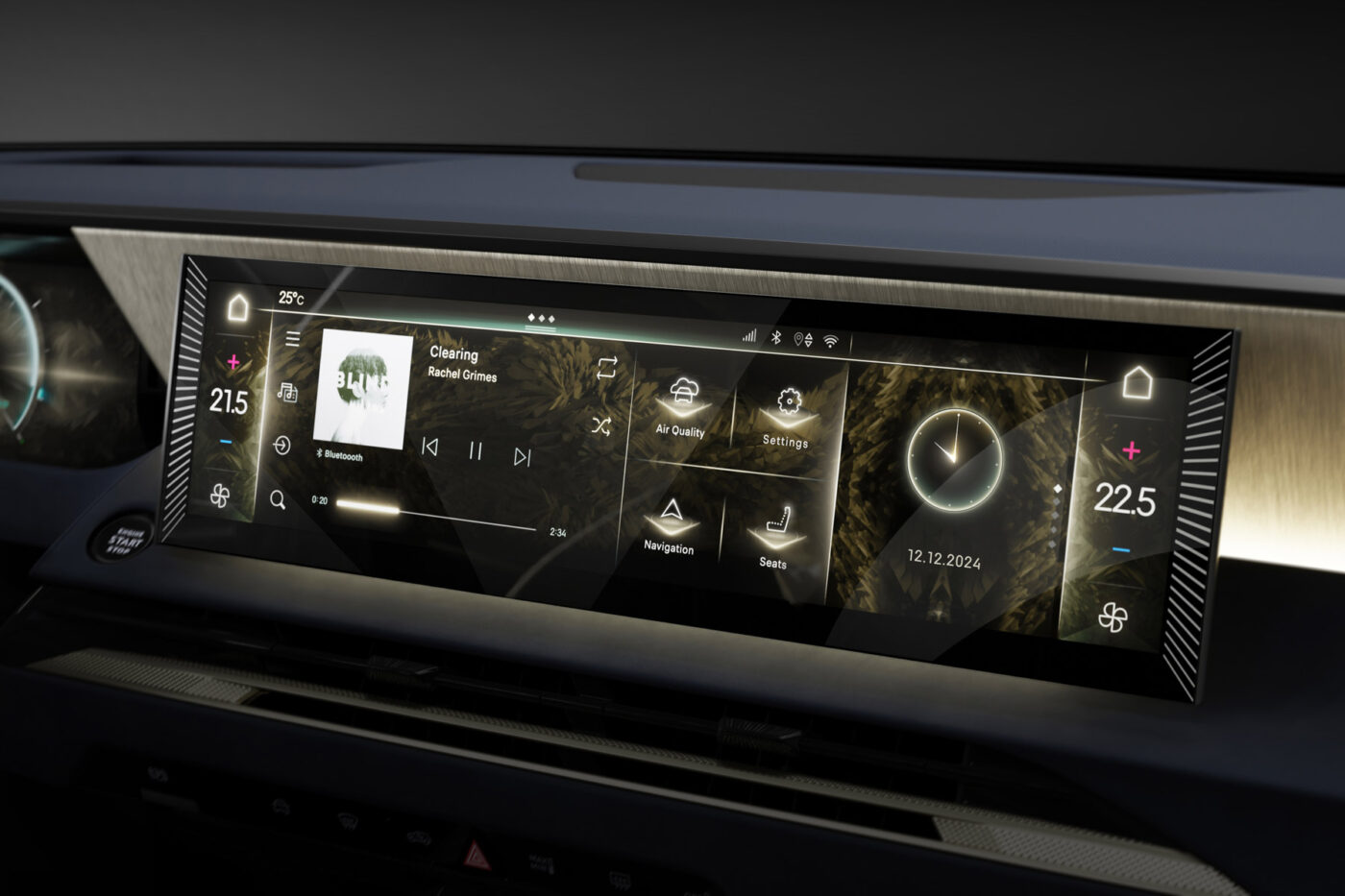
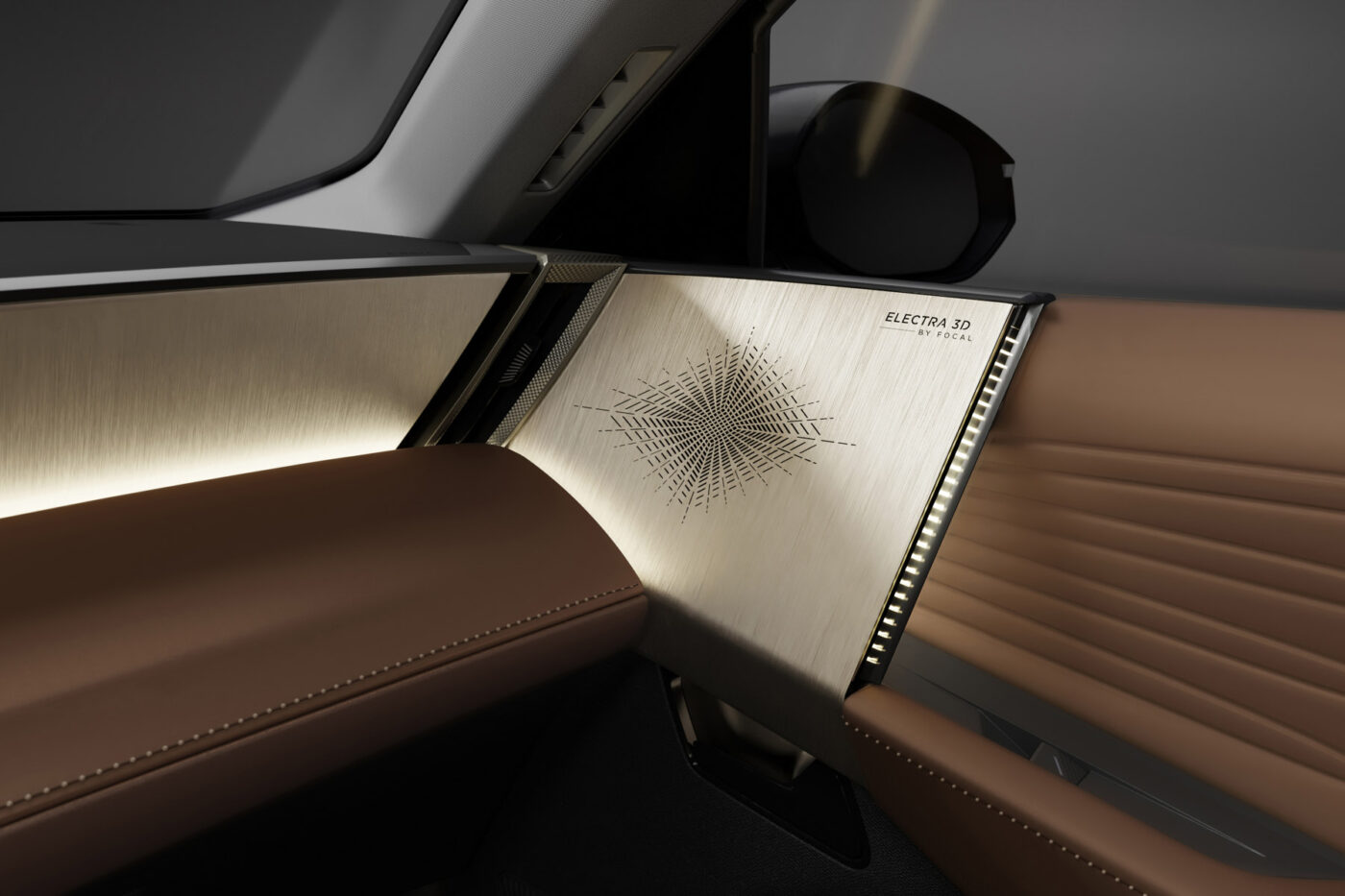
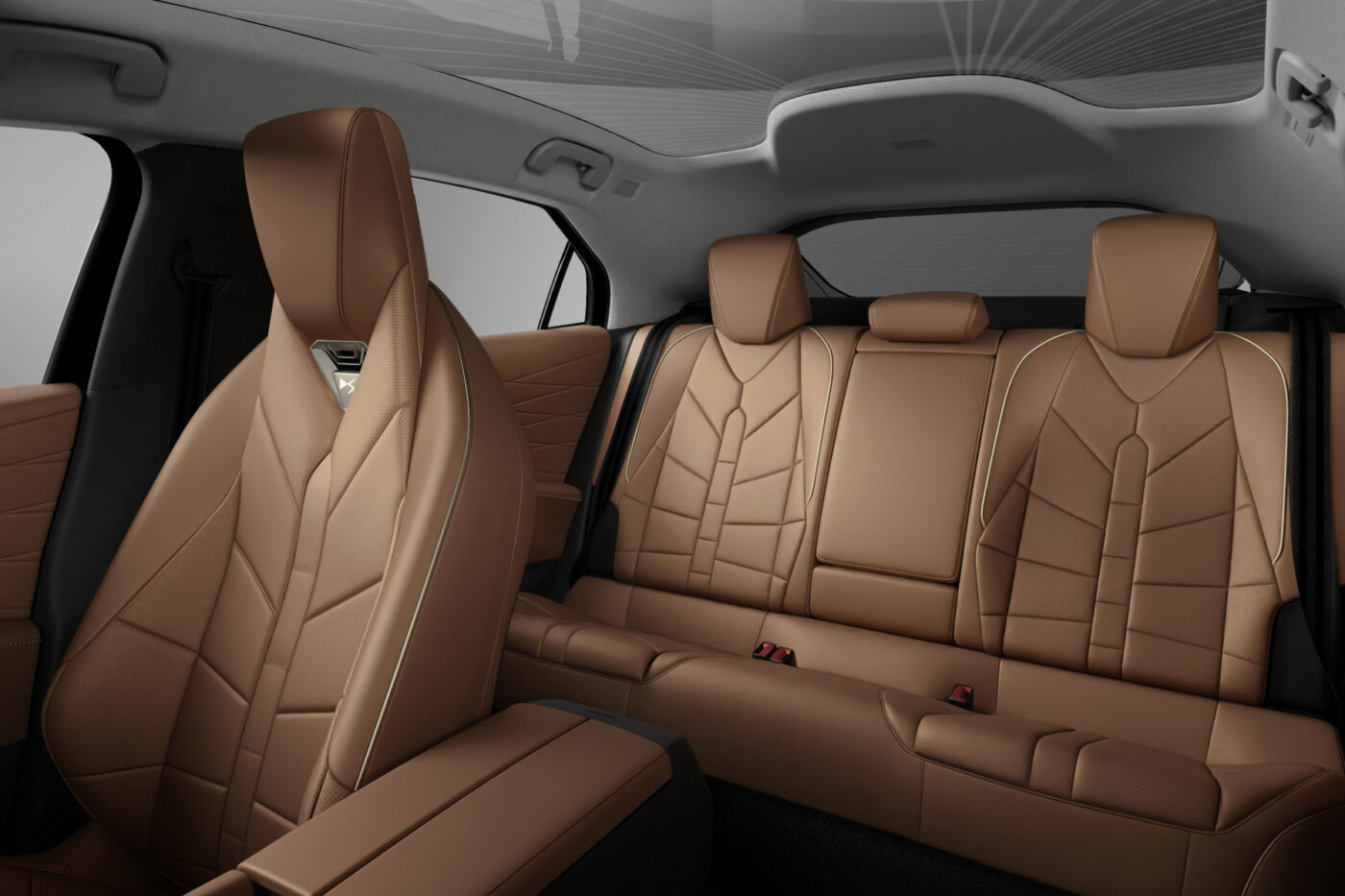
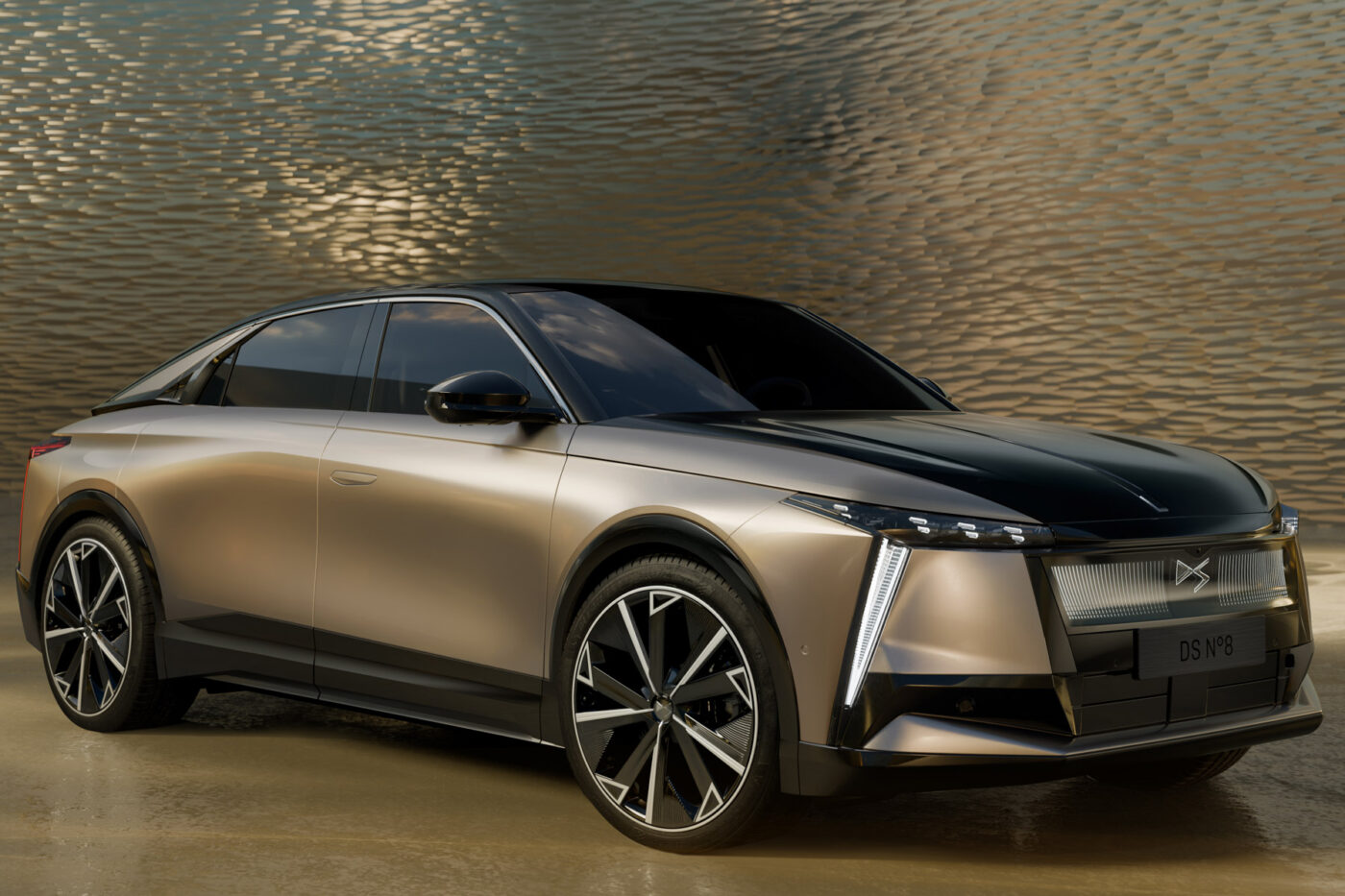
DS offers a choice of two battery packs for the N°8: The standard battery pack offers a usable capacity of 74 kWh and is offered with a 169 kW front-wheel drive. The long-range battery with a net capacity of 97.2 kWh is available with two different drive systems: a 180 kW front-wheel drive and a 257 kW all-wheel drive with a second electric motor on the rear axle. In the version with the longest range (large battery with 180 kW), the N°8 should achieve a WLTP range of up to 750 kilometres. That is 50 kilometres more than the previously known electric vehicles based on the STLA Medium. According to DS, it will achieve this in part thanks to the optimised aerodynamics (drag coefficient of 0.24).
Both battery packs of the DS N°8 allow a maximum charging current of 160 kW. According to the press release, with “the presence of a battery preconditioning device,” the battery can be charged from 20 to 80 per cent in 27 minutes. A range of 200 kilometres can be recharged in ten minutes. DS specifies AC charging power at 11 kW, with a 22 kW charger to be offered as an option at a later date. There are slightly different figures for the AC charging time in the German and English press releases – the charging process with 11 kW takes 6:10 hours (English press release) or 5:55 hours (German press release). Although the figure supposedly applies to the long-range battery, it cannot mean a charging process from zero to 100 per cent – because in roughly six hours, only 66 kWh are recharged with 11 kW, but the battery has a usable energy content of 97.2 kWh. There is no mention of bidirectional charging capabilities.
Incidentally, the batteries use cells from the ACC factory in Douvrin, France. The electric motors come from NPE, another of the Grpup’s joint venture, and were developed and produced in Trémery (France).
The DS brand also focuses on the usually rather extravagant design. In the N°8, for example, the narrow headlights (consisting of three horizontal modules with eight LEDs each) and the vertically arranged daytime running lights are striking. The illuminated ‘DS Luminascreen’ grille and the illuminated DS logo at the front also ensure an independent appearance.
| Standard Range FWD | Long Range FWD | Long Range AWD | |
|---|---|---|---|
| Drive | FWD | FWD | AWD |
| Output | 169 kW | 180 kW | 257 kW |
| Torque | 345 Nm | 345 Nm | 511 Nm |
| Acceleration | 7.7 s | 7.8 s | 5.4 s |
| Top speed | 190 kph | 190 kph | 190 kph |
| WLTP range | 572 km | 750 km | 686 km |
| Battery | 74 kWh | 97.2 kWh | 97.2 kWh |
| Charging capacity DC | 160 kW | 160 kW | 160 kW |
| Charging time DC 20-80% | – | 27 min | 27 min |
| Price | – | – | – |
Despite the steep front end, there are a number of elements designed to reduce drag. The air intakes in the front apron are only opened when required, the front door handles are integrated flush with the surface, and the rear ones are concealed in the C-pillar. The special design of the wheel rims is also intended to improve aerodynamics. With their black elements, the rims also echo the optional two-tone paintwork with a black bonnet and roof.
The N°8 also offers a typical DS design inside, which is intended to embody “French comfort, serenity and luxury.” It is not just about the materials and the design of the surfaces, some of which feature eye-catching engravings. The front seats with integrated headrests also offer an additional air vent in the neck area to enhance “thermal comfort” – until now, neck warmers of this kind have been known primarily from convertibles.
In terms of connectivity, the new car features the enhanced DS Iris 2.0 operating system, which offers voice control and integration of ChatGPT, for example. EV routing is also integrated, which plans charging stations into the route guidance.
DS has already announced an extensive range of standard equipment, including an electronically controlled chassis, head-up display, LED pixel headlights, and numerous factory-fitted assistants. The Wrong Pedal Prevention (WPP) system is said to be a new feature. It recognises if the driver confuses the accelerator and brake pedals and helps to prevent the resulting accidents, says DS.
Prices are not yet known. DS will announce them when it opens the order books in a few weeks.

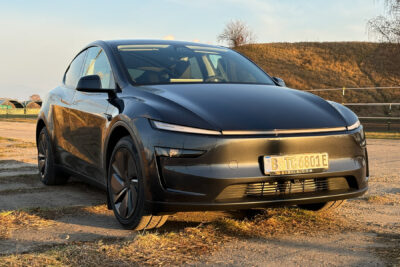
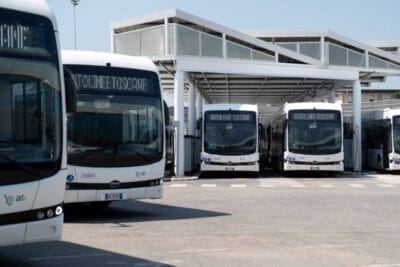
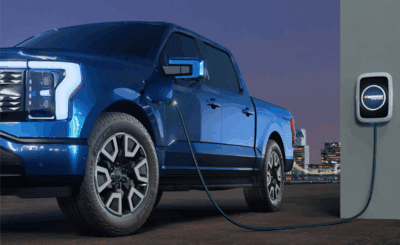
0 Comments